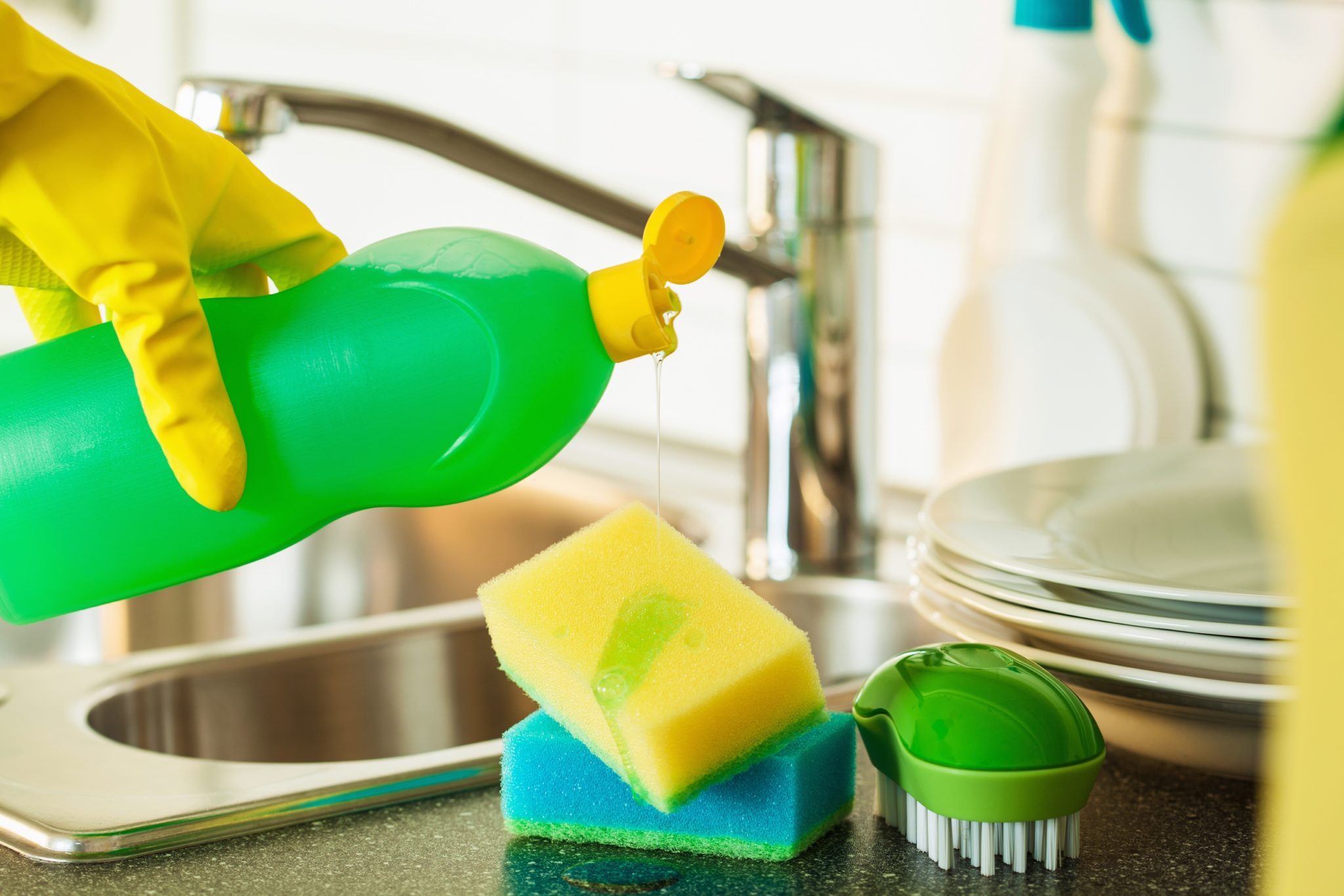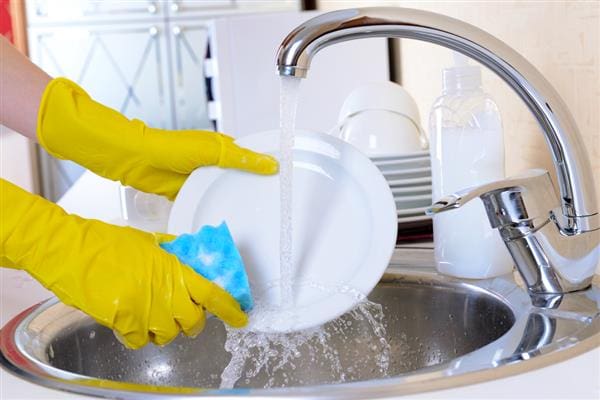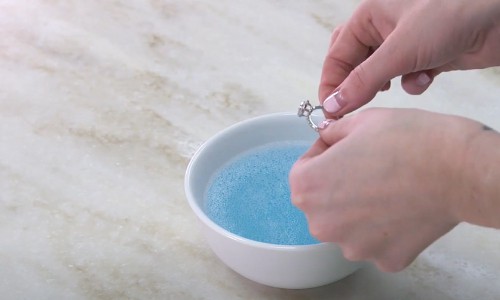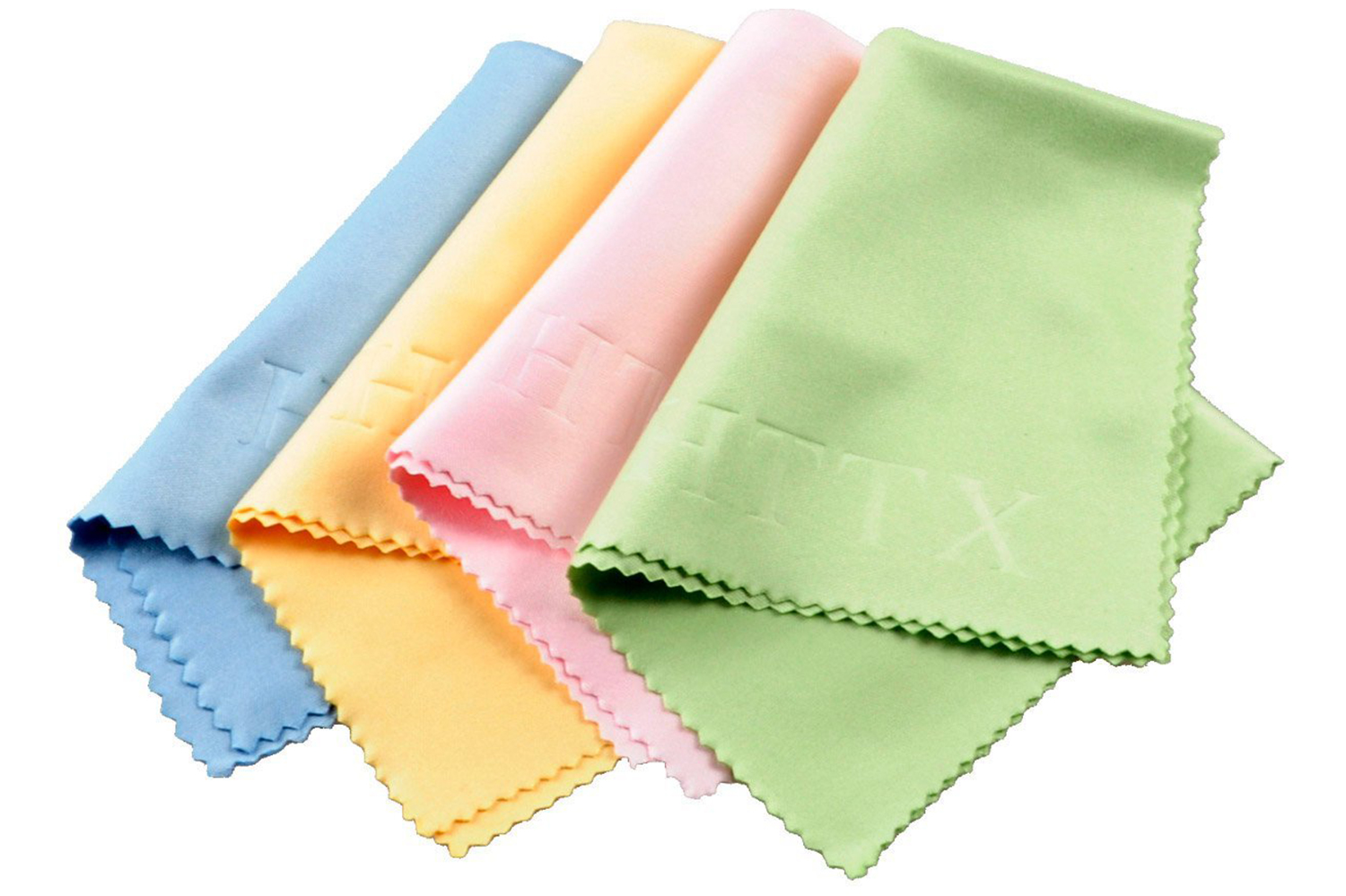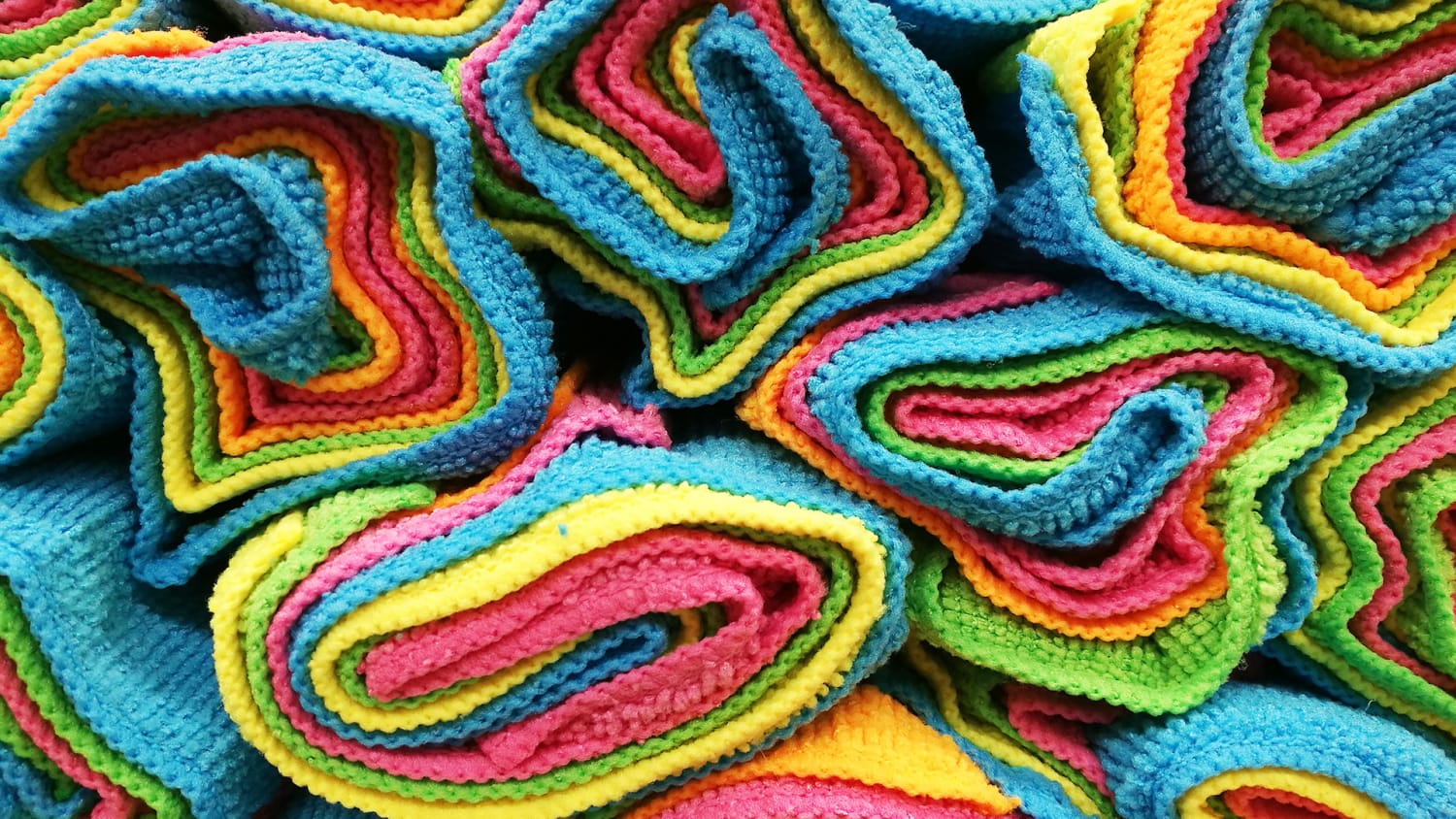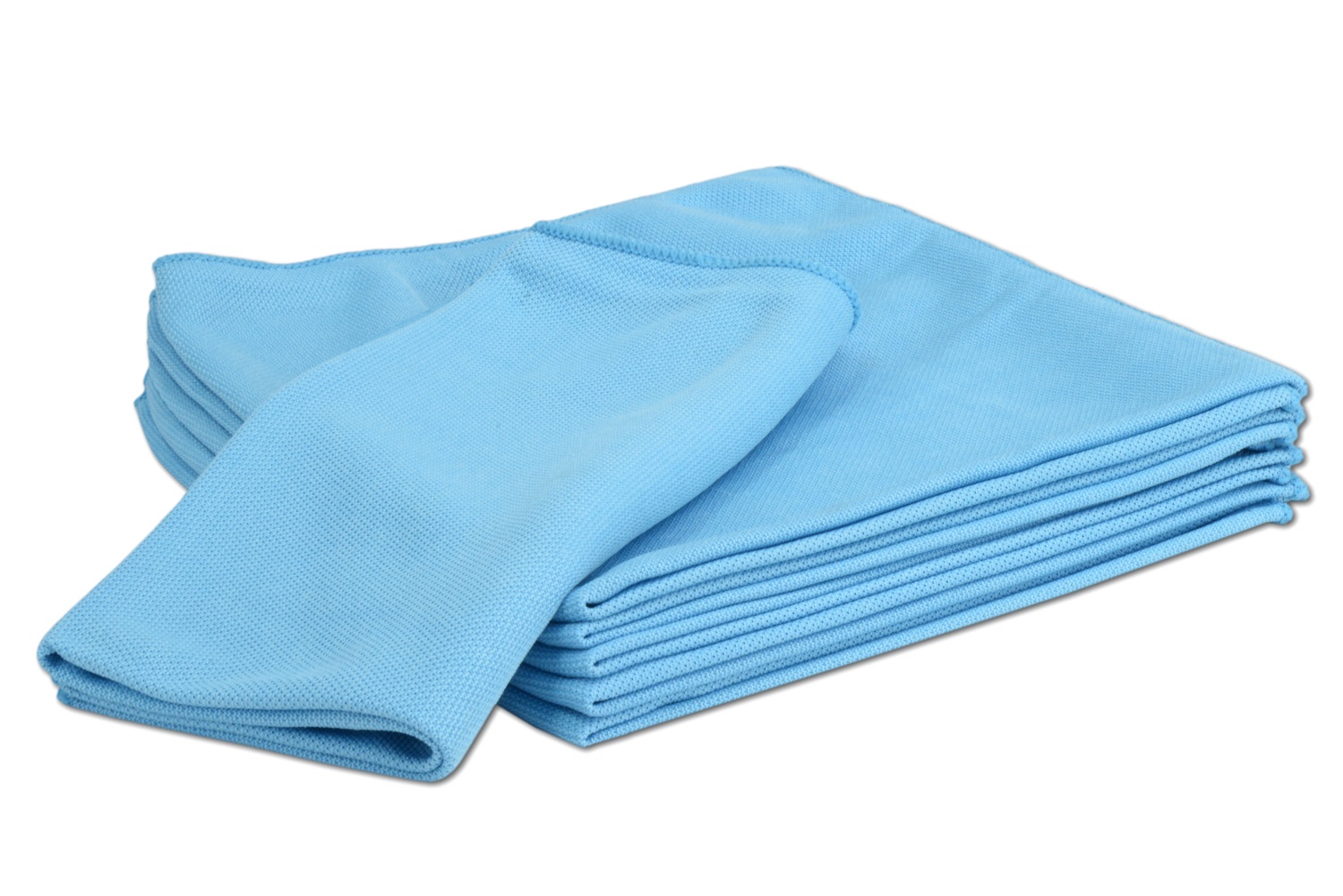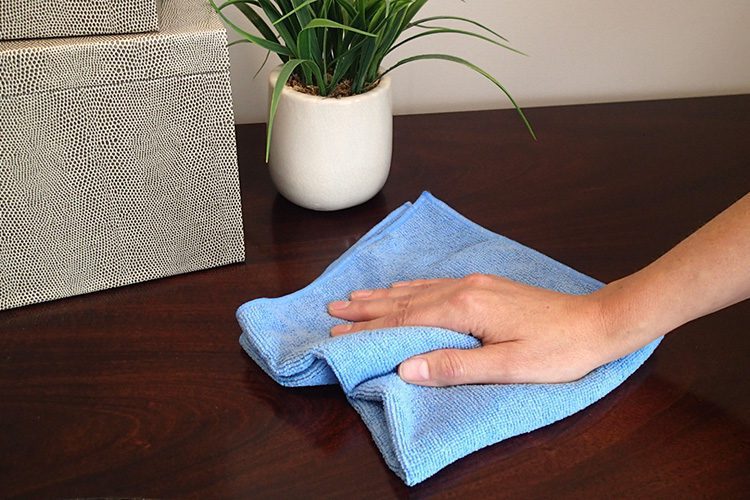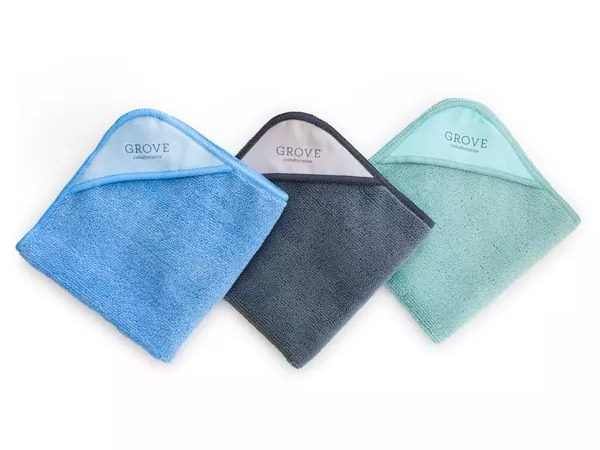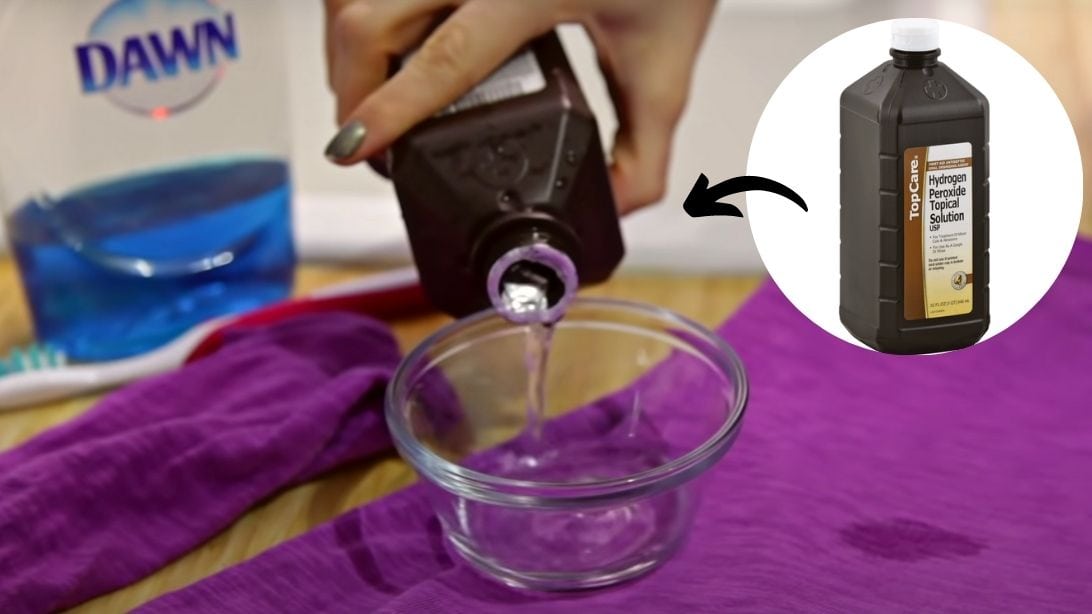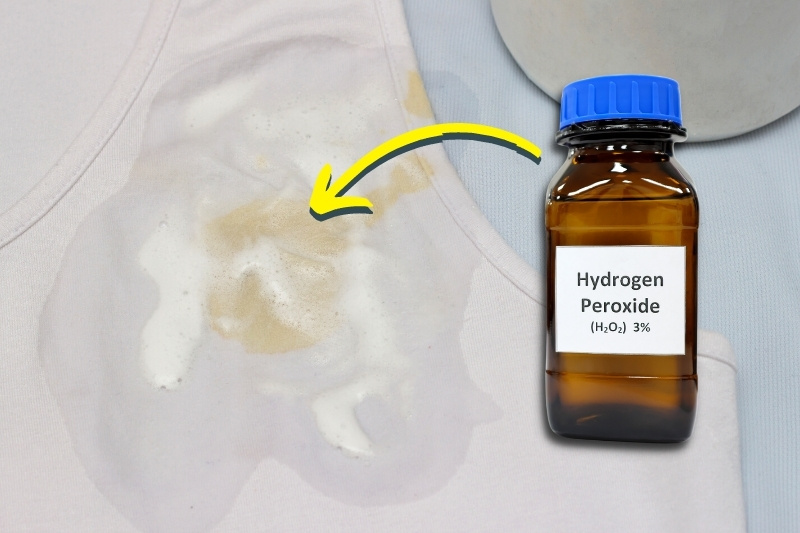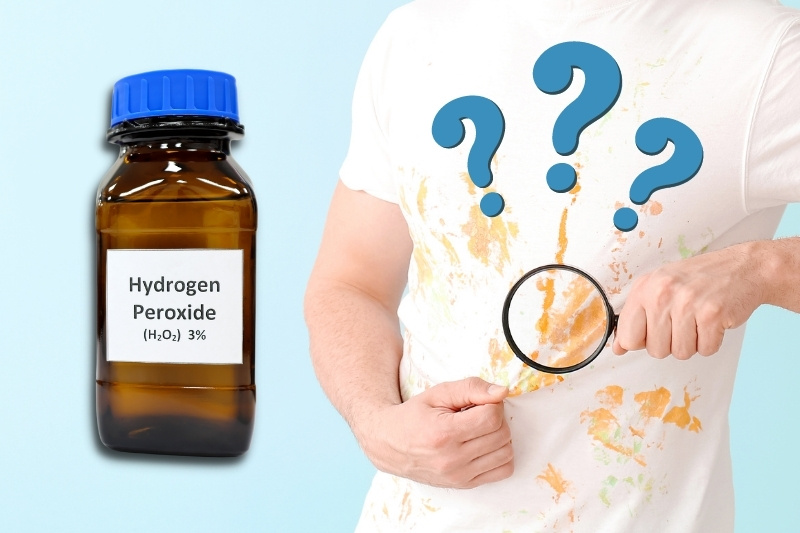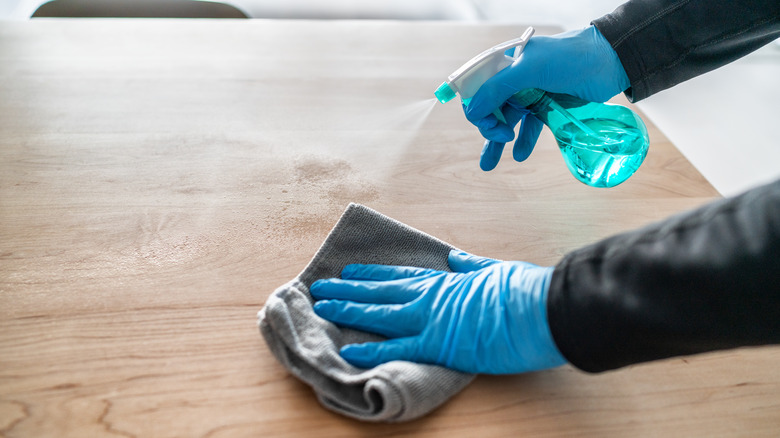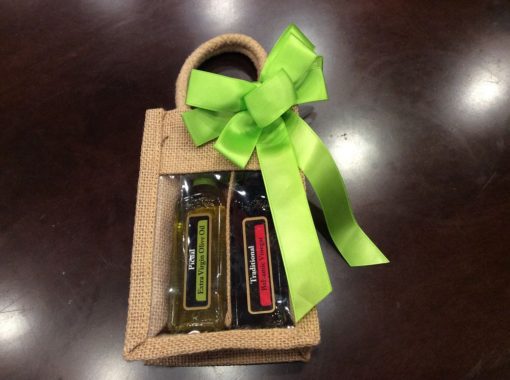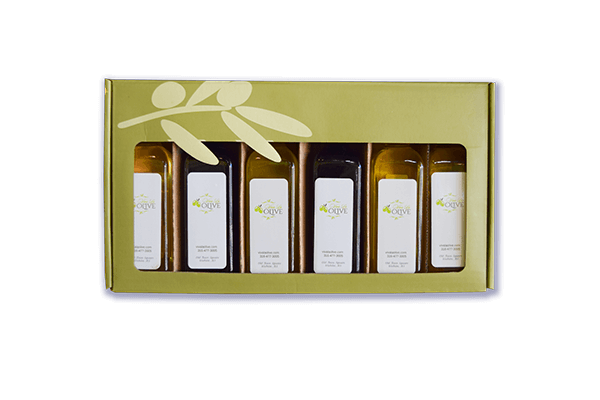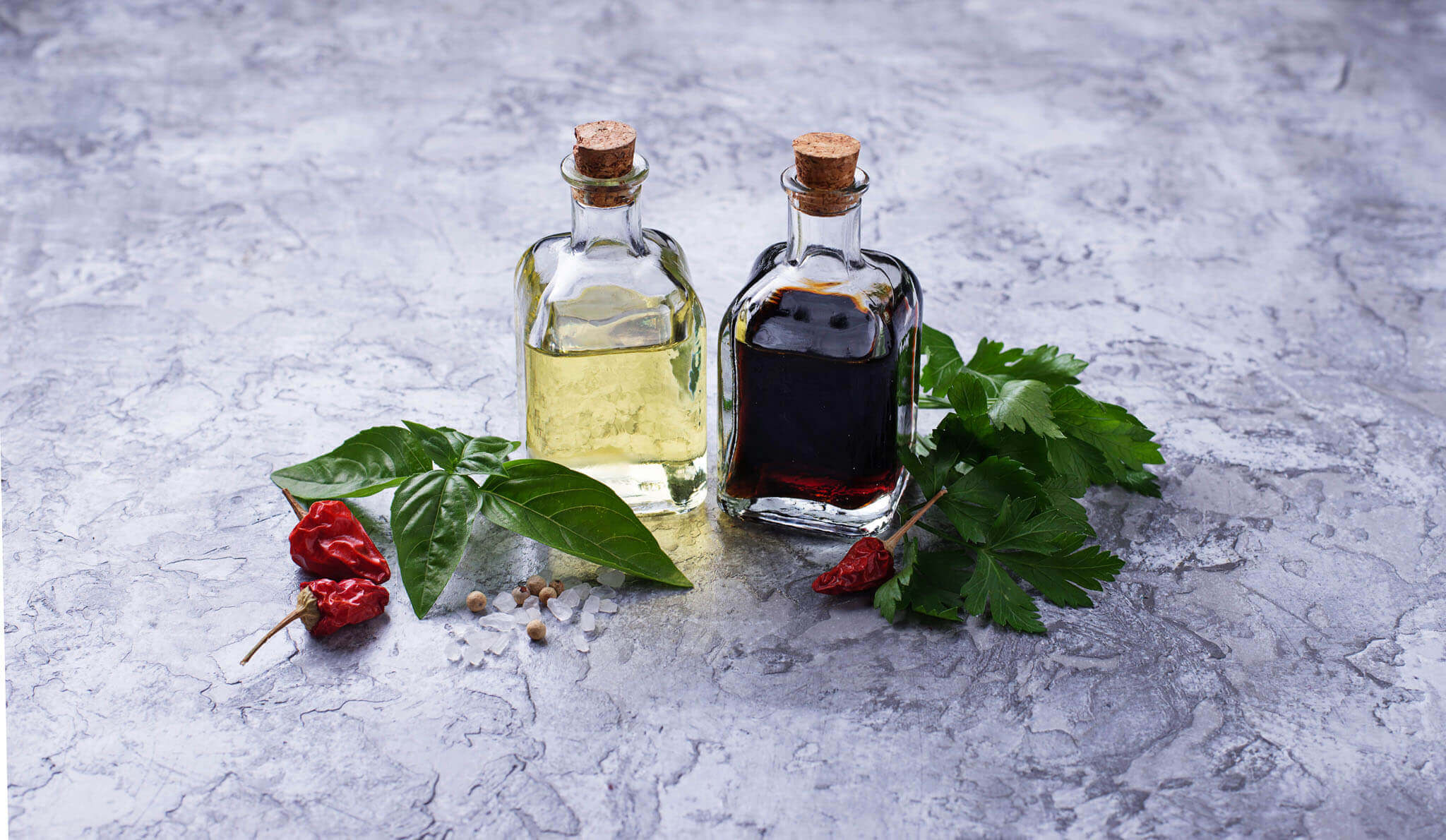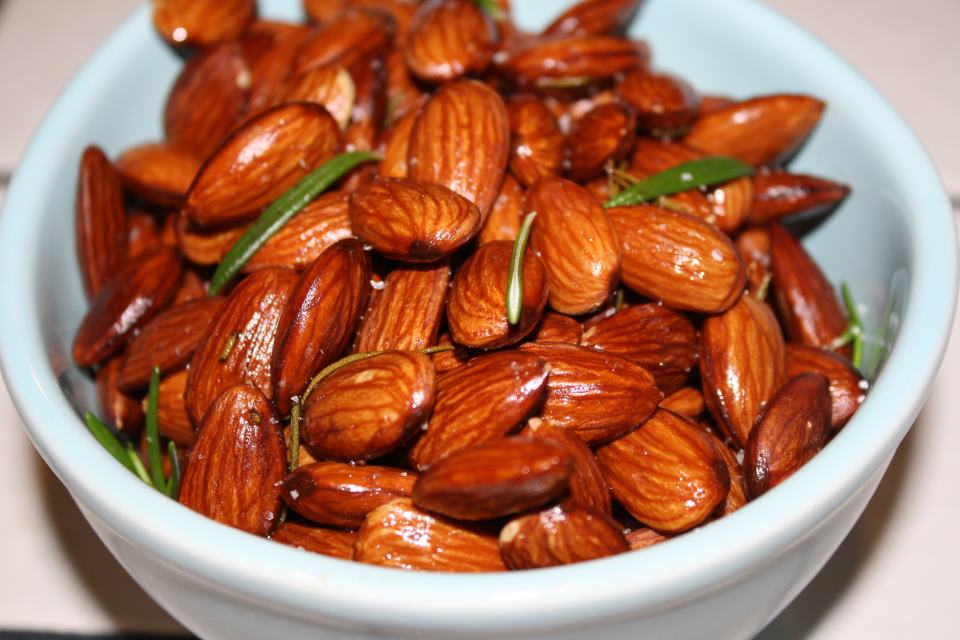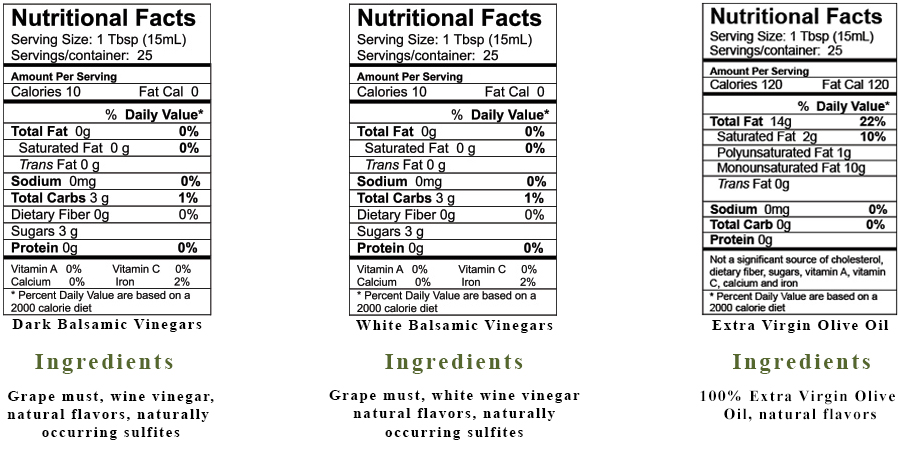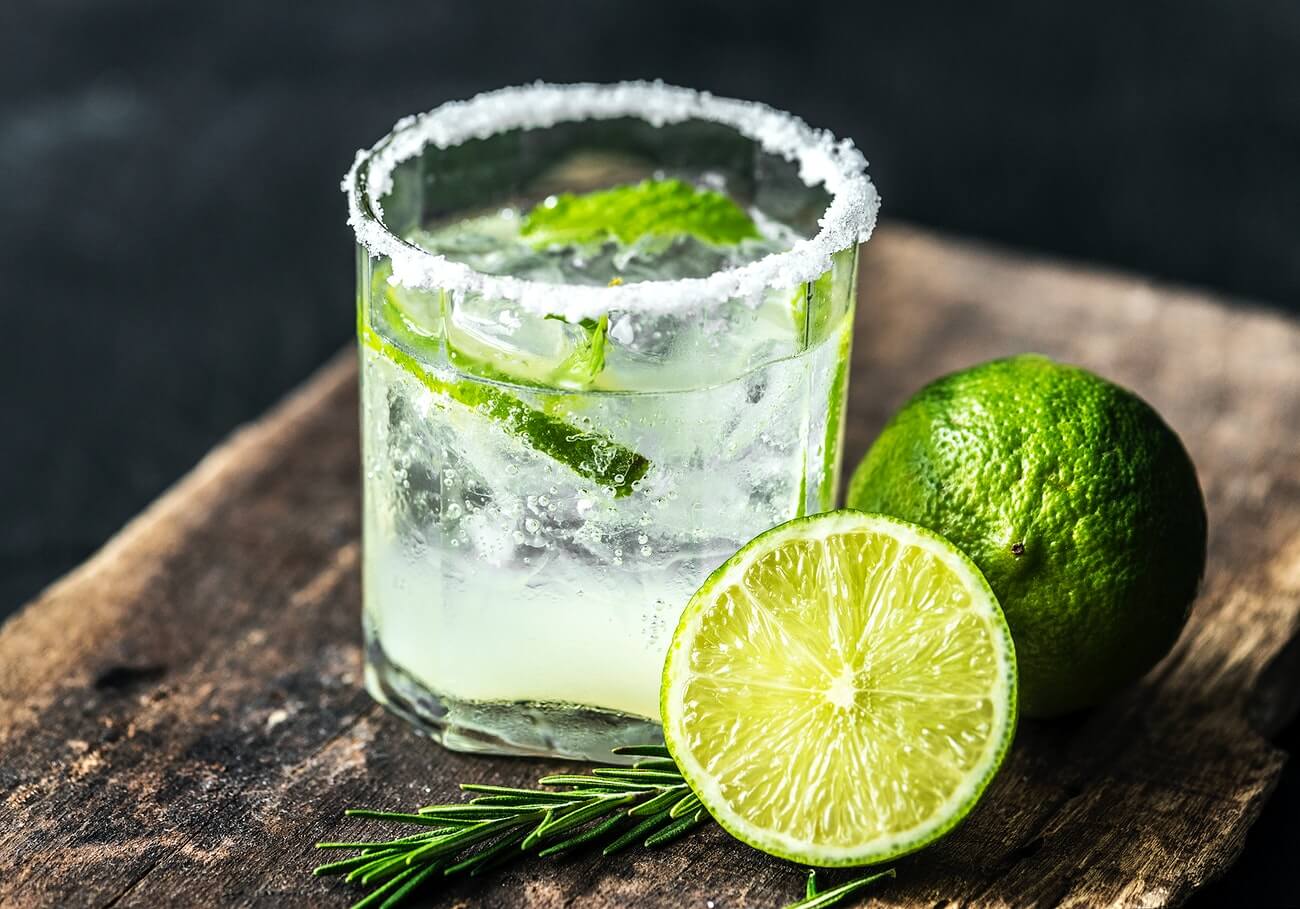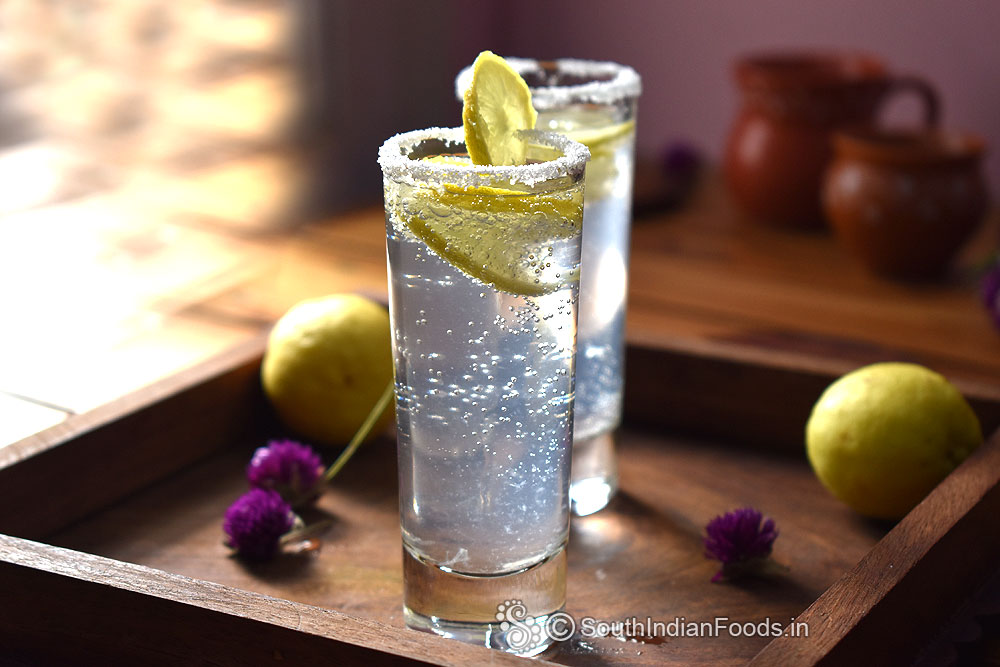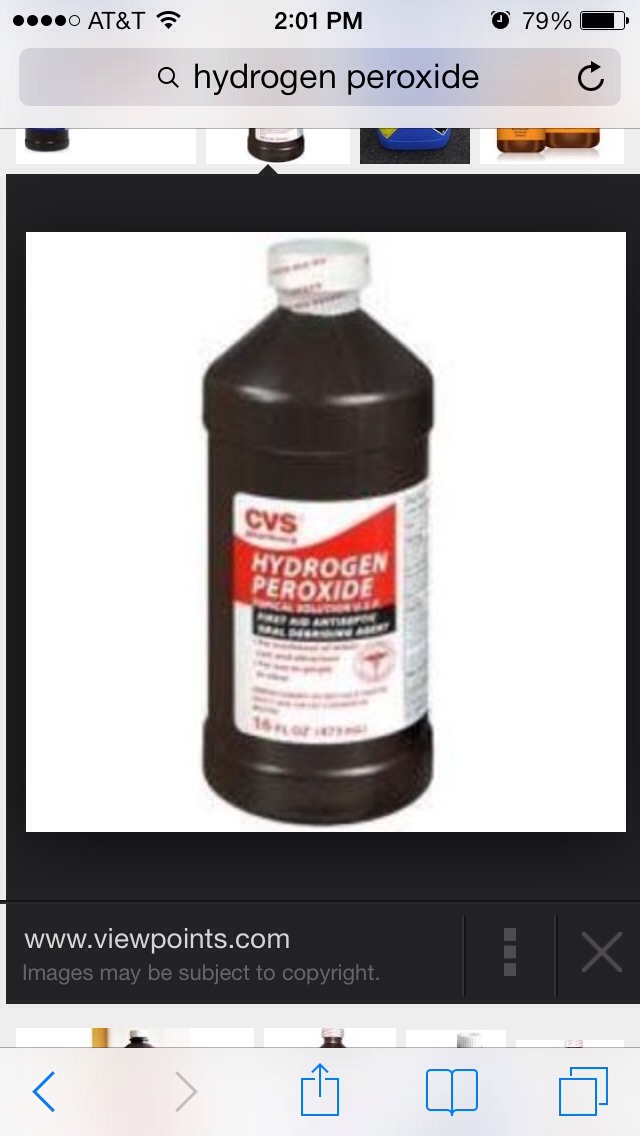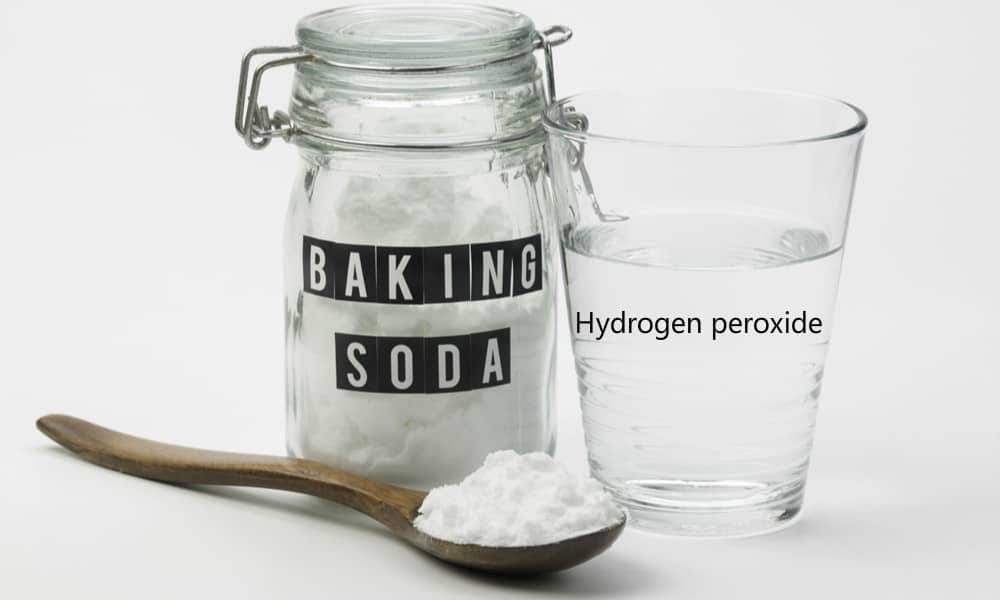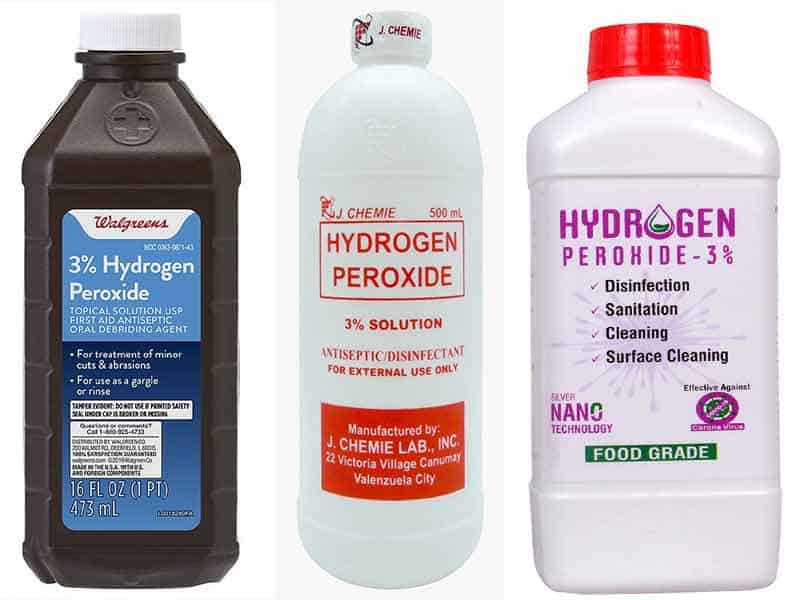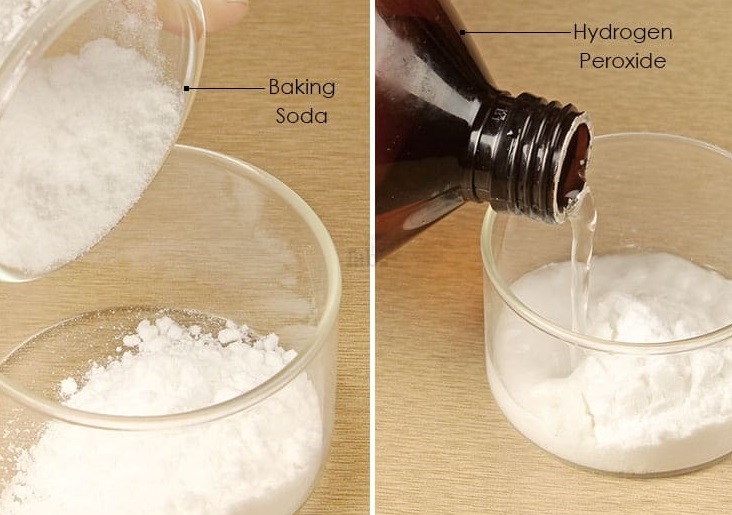If you're looking for an all-natural and effective way to clean your stainless steel kitchen sink, look no further than your pantry. Baking soda and vinegar are a powerful combination that can help remove tough stains and grime from your sink. To start, sprinkle some baking soda onto the surface of your sink. Then, pour some vinegar over the baking soda and watch as it starts to fizz and bubble. This reaction helps to break down dirt and grease, making it easier to scrub away with a soft cloth or sponge. For tougher stains, you can also make a paste with baking soda and water and use it to spot-treat problem areas. Rinse thoroughly with warm water and dry with a clean cloth.1. Use a mixture of baking soda and vinegar to scrub the sink
For everyday cleaning, a simple mixture of warm water and a few drops of dish soap can do wonders for your stainless steel sink. Use a soft cloth or sponge to gently wipe down the surface, making sure to rinse thoroughly and dry with a clean cloth afterwards. Using warm water helps to loosen and remove any food particles or residue, while the dish soap helps to cut through grease and grime. This method is also gentle enough to use daily without causing any damage to your sink's finish.2. Use a soft cloth and warm water to wipe down the sink
If you prefer to use a commercial cleaner, there are plenty of options available specifically designed for cleaning stainless steel sinks. Look for a cleaner that is non-abrasive and specifically states it is safe for use on stainless steel. Be sure to follow the instructions on the cleaner and always test it on a small, inconspicuous area of your sink first. This will help ensure it does not cause any damage or discoloration.3. Use a commercial stainless steel cleaner
If you find yourself dealing with tough stains or discoloration on your stainless steel sink, give this simple but effective method a try. Cut a lemon in half and sprinkle salt onto the cut side. Use the lemon as a scrubber on the stained areas, adding more salt as needed. The acid in the lemon juice helps to break down stains and the abrasiveness of the salt helps to scrub them away. Rinse with warm water and dry with a clean cloth for a sparkling clean sink.4. Use a paste of lemon juice and salt to remove tough stains
For an easy and effective daily cleaning solution, mix a few drops of dish soap with warm water and use a soft cloth or sponge to clean your sink. This method is gentle enough to use daily and will help keep your sink free of grime and bacteria. Be sure to rinse thoroughly with warm water and dry with a clean cloth to prevent water spots and streaks.5. Use a mixture of dish soap and warm water to clean the sink
After cleaning your sink, give it an extra shine by using a microfiber cloth. These soft, lint-free cloths are perfect for polishing stainless steel and will leave your sink looking like new. Simply use the dry cloth to buff the surface of your sink in a circular motion. The microfiber material will pick up any remaining residue and leave behind a streak-free shine.6. Use a microfiber cloth to polish the sink
Rust stains can be a common issue with stainless steel sinks, but they can be easily removed with this homemade solution. Mix equal parts hydrogen peroxide and cream of tartar to create a paste and apply it to the rust-stained areas. Let the paste sit for a few minutes before scrubbing it with a soft cloth or sponge. Rinse with warm water and dry with a clean cloth. This method can also be used to remove rust stains from other surfaces in your kitchen, such as countertops or appliances.7. Use a mixture of hydrogen peroxide and cream of tartar to remove rust stains
For a natural and budget-friendly way to make your stainless steel sink shine, reach for some olive oil and vinegar. Mix equal parts of both ingredients in a spray bottle and spritz it onto a soft cloth. Use the cloth to buff the surface of your sink, paying special attention to any water spots or streaks. The olive oil helps to moisturize and protect the stainless steel, while the vinegar helps to remove any residue and leave a streak-free shine.8. Use a mixture of olive oil and vinegar to shine the sink
Water spots can be a common issue with stainless steel, but they can be easily removed with some club soda and lemon juice. Mix equal parts of both ingredients in a spray bottle and spritz it onto the surface of your sink. Let it sit for a few minutes before wiping it away with a soft cloth. The carbonation in the club soda helps to lift and remove water spots, while the lemon juice helps to cut through any residue or grime.9. Use a mixture of club soda and lemon juice to remove water spots
If your sink is in need of a deep clean and disinfecting, this powerful mixture is a great solution. Mix equal parts of baking soda and hydrogen peroxide to create a paste and apply it to the surface of your sink. Let it sit for a few minutes before scrubbing it with a soft cloth or sponge. Rinse with warm water and dry with a clean cloth. This method is also effective for removing tough stains and killing bacteria on other surfaces in your kitchen. With these top 10 best ways to clean your stainless steel kitchen sink, you can keep it looking shiny and spotless without using harsh chemicals. Remember to always test new cleaning methods on a small area first and to rinse and dry your sink thoroughly to prevent water spots. With regular cleaning and maintenance, your stainless steel sink will continue to be a beautiful and functional centerpiece in your kitchen.10. Use a mixture of baking soda and hydrogen peroxide to remove tough stains and disinfect the sink
Why Choosing the Right Cleaning Products is Essential for Your Stainless Steel Sink
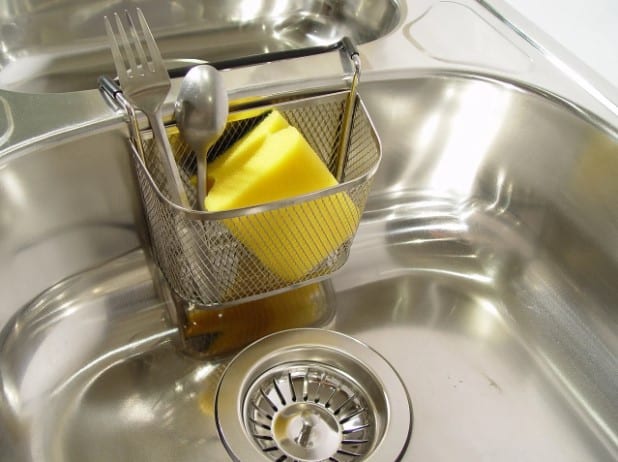
Understanding the Importance of Proper Cleaning for Stainless Steel Sinks
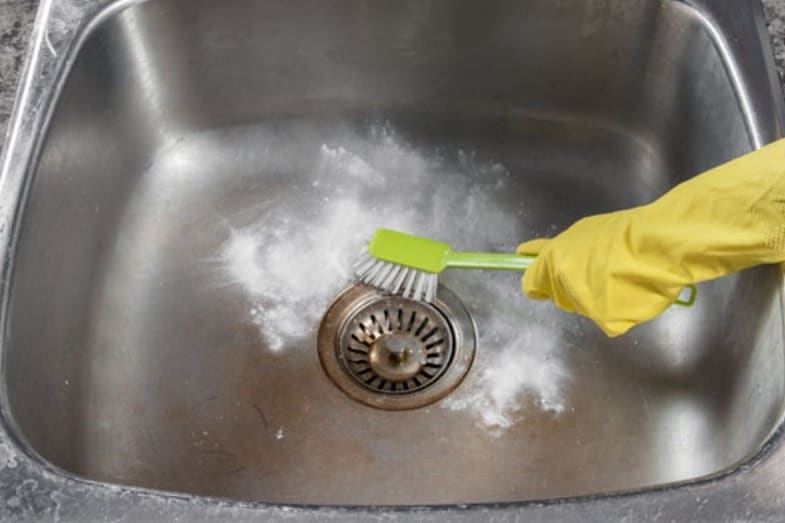 Stainless steel sinks are a popular choice for many kitchens due to their sleek and modern appearance, durability, and resistance to stains and rust. However, without proper cleaning and maintenance, they can easily lose their shine and become dull and stained over time. This is why choosing the right cleaning products is crucial for keeping your stainless steel sink looking its best.
Stainless steel sinks are made of a combination of different metals, including chromium and nickel, which give them their unique properties.
However, these metals are susceptible to damage from harsh chemicals and abrasive materials, which are commonly found in many household cleaning products. This is why it is important to
choose cleaning products that are specifically designed for stainless steel surfaces
to avoid any potential damage.
Stainless steel sinks are a popular choice for many kitchens due to their sleek and modern appearance, durability, and resistance to stains and rust. However, without proper cleaning and maintenance, they can easily lose their shine and become dull and stained over time. This is why choosing the right cleaning products is crucial for keeping your stainless steel sink looking its best.
Stainless steel sinks are made of a combination of different metals, including chromium and nickel, which give them their unique properties.
However, these metals are susceptible to damage from harsh chemicals and abrasive materials, which are commonly found in many household cleaning products. This is why it is important to
choose cleaning products that are specifically designed for stainless steel surfaces
to avoid any potential damage.
The Best Products for Cleaning Your Stainless Steel Sink
 When it comes to cleaning your stainless steel sink, there are a variety of products available on the market. However, not all of them are suitable for this type of surface.
Mild, non-abrasive cleaners are the best option for keeping your stainless steel sink clean and shiny.
Look for products that are specifically labeled for use on stainless steel and avoid any cleaners that contain bleach or ammonia, as these can cause discoloration and damage to your sink.
Another important factor to consider is the type of cloth or sponge you use to clean your sink.
Microfiber cloths or soft sponges are recommended for cleaning stainless steel sinks as they are gentle on the surface and will not scratch or leave marks.
Avoid using steel wool or abrasive sponges as these can cause scratches and damage the protective layer of your sink.
When it comes to cleaning your stainless steel sink, there are a variety of products available on the market. However, not all of them are suitable for this type of surface.
Mild, non-abrasive cleaners are the best option for keeping your stainless steel sink clean and shiny.
Look for products that are specifically labeled for use on stainless steel and avoid any cleaners that contain bleach or ammonia, as these can cause discoloration and damage to your sink.
Another important factor to consider is the type of cloth or sponge you use to clean your sink.
Microfiber cloths or soft sponges are recommended for cleaning stainless steel sinks as they are gentle on the surface and will not scratch or leave marks.
Avoid using steel wool or abrasive sponges as these can cause scratches and damage the protective layer of your sink.
Maintaining the Shine of Your Stainless Steel Sink
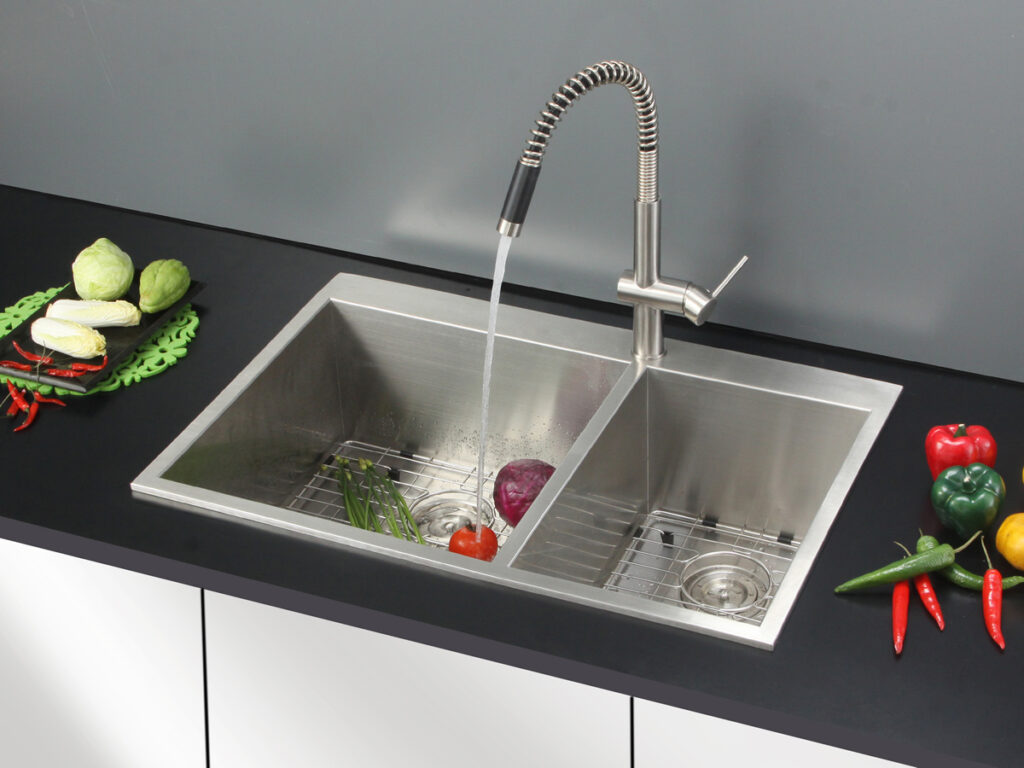 In addition to using the right cleaning products, there are a few simple steps you can take to maintain the shine of your stainless steel sink. After cleaning, make sure to
thoroughly rinse your sink with warm water and dry it with a soft cloth
to prevent water spots and mineral build-up. You can also
apply a small amount of mineral oil to the sink
and buff it with a soft cloth to give it an extra shine and protect it from water and oil stains.
In conclusion,
choosing the right cleaning products and following proper maintenance techniques
is essential for keeping your stainless steel sink looking clean and shiny. By using mild cleaners, gentle cloths or sponges, and regularly maintaining your sink, you can ensure that it remains a beautiful and functional centerpiece in your kitchen for years to come. So next time you are cleaning your stainless steel sink, remember to choose the right products and give it the care it deserves.
In addition to using the right cleaning products, there are a few simple steps you can take to maintain the shine of your stainless steel sink. After cleaning, make sure to
thoroughly rinse your sink with warm water and dry it with a soft cloth
to prevent water spots and mineral build-up. You can also
apply a small amount of mineral oil to the sink
and buff it with a soft cloth to give it an extra shine and protect it from water and oil stains.
In conclusion,
choosing the right cleaning products and following proper maintenance techniques
is essential for keeping your stainless steel sink looking clean and shiny. By using mild cleaners, gentle cloths or sponges, and regularly maintaining your sink, you can ensure that it remains a beautiful and functional centerpiece in your kitchen for years to come. So next time you are cleaning your stainless steel sink, remember to choose the right products and give it the care it deserves.




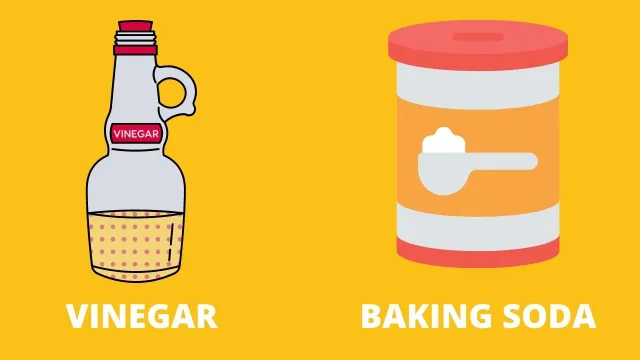
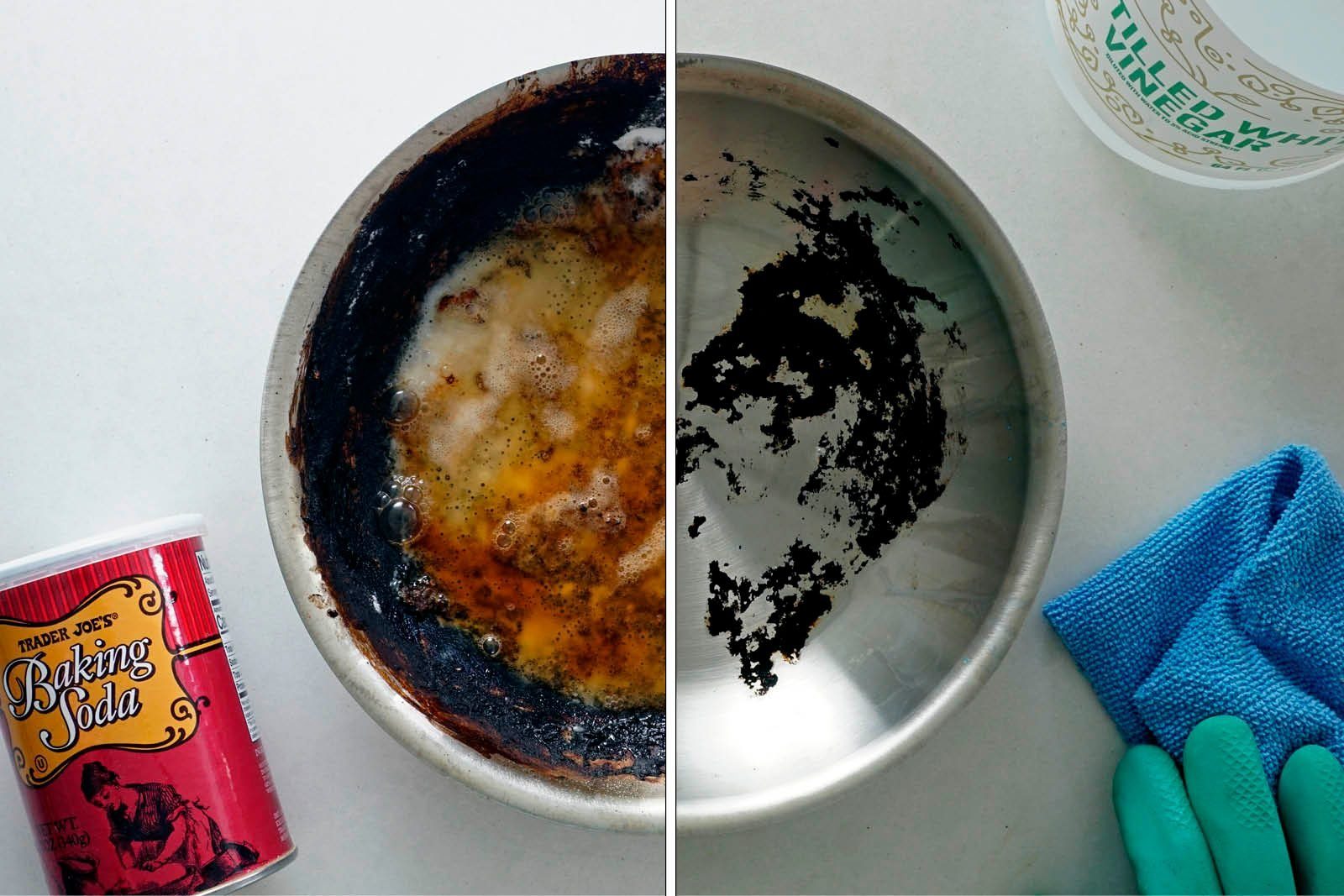
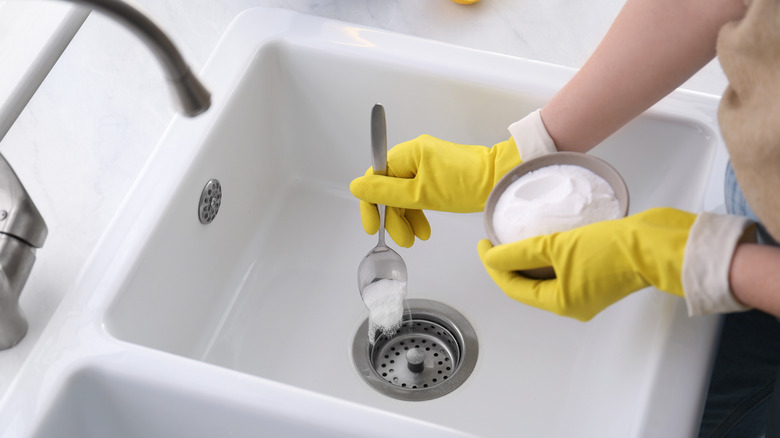




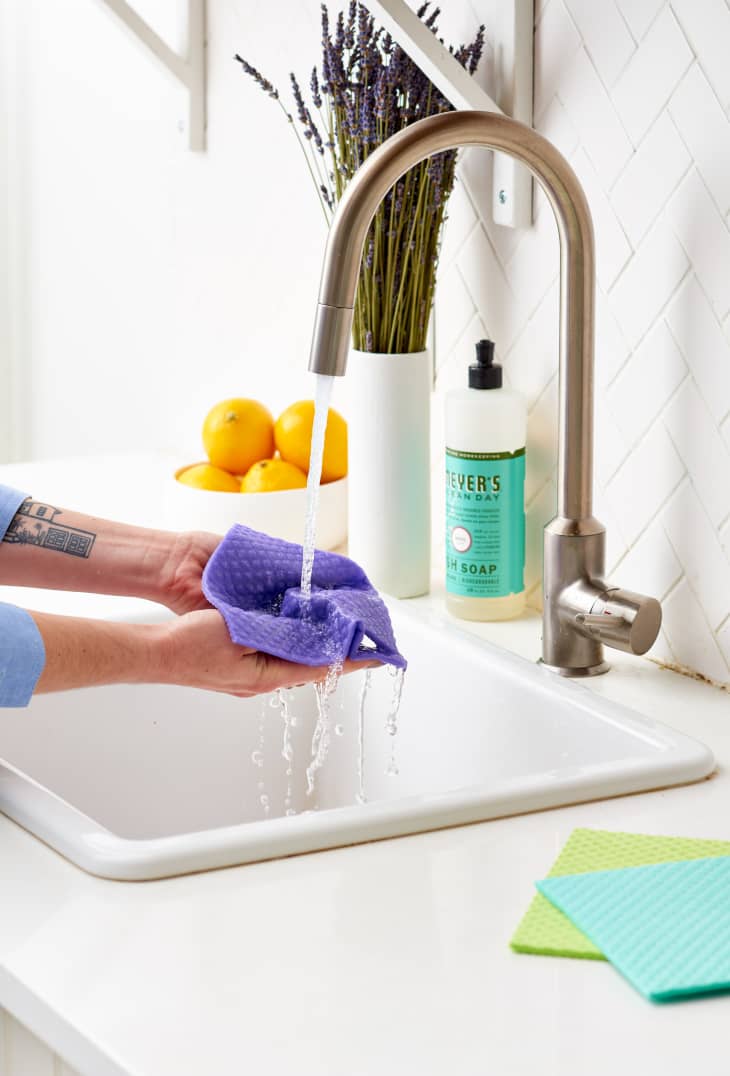


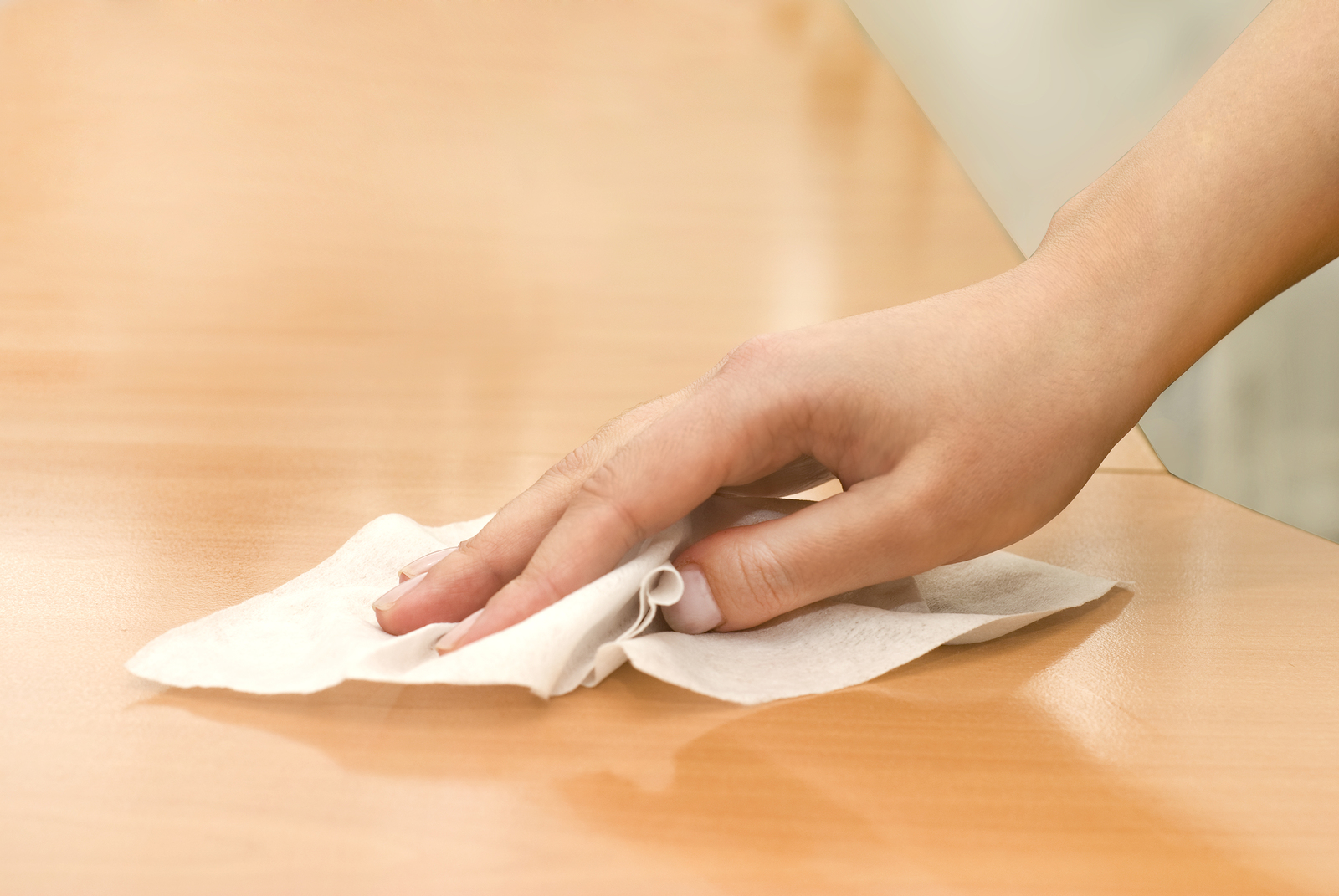

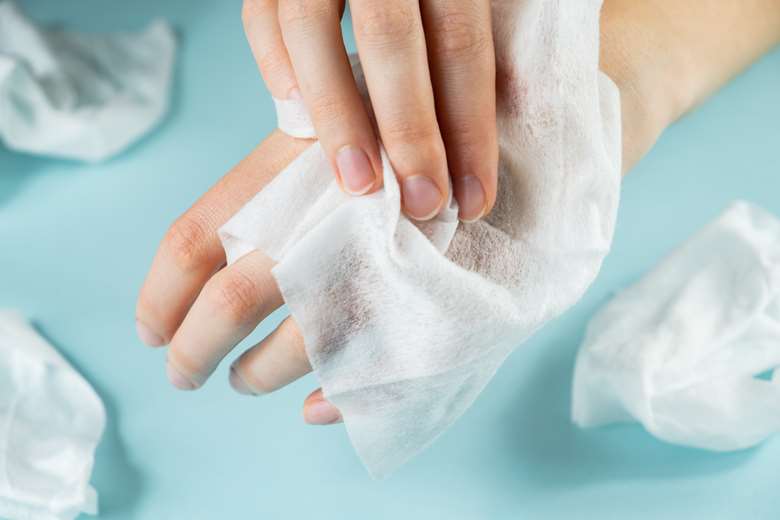
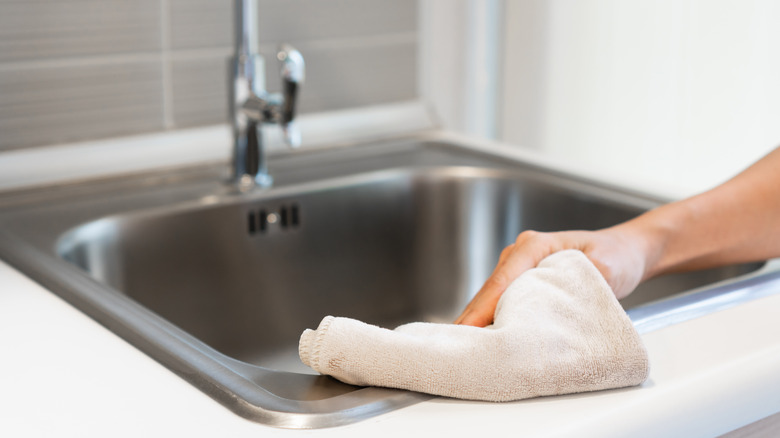


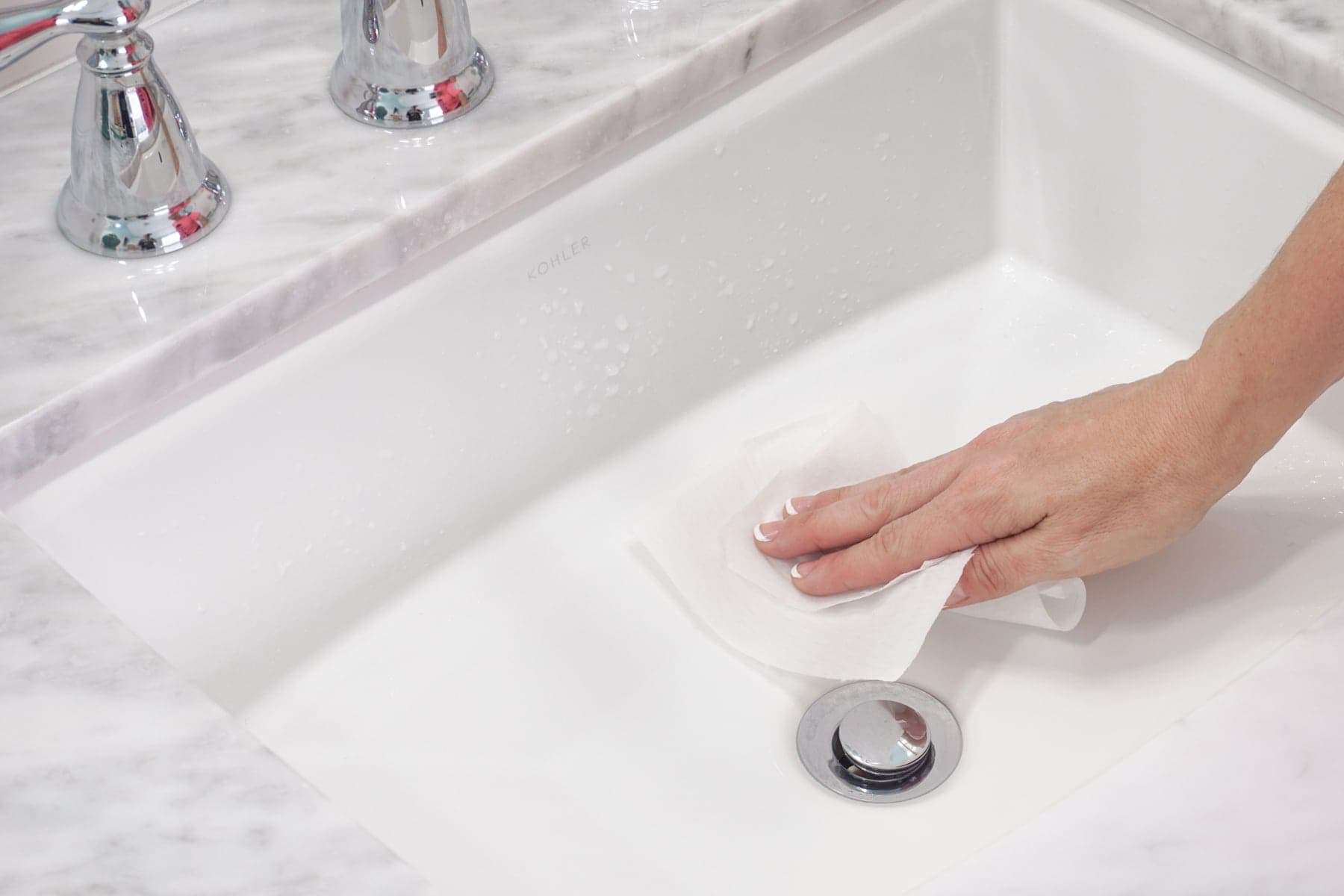








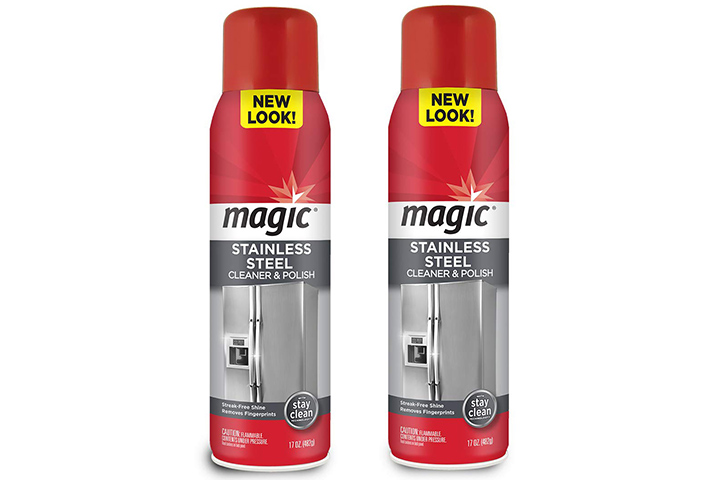
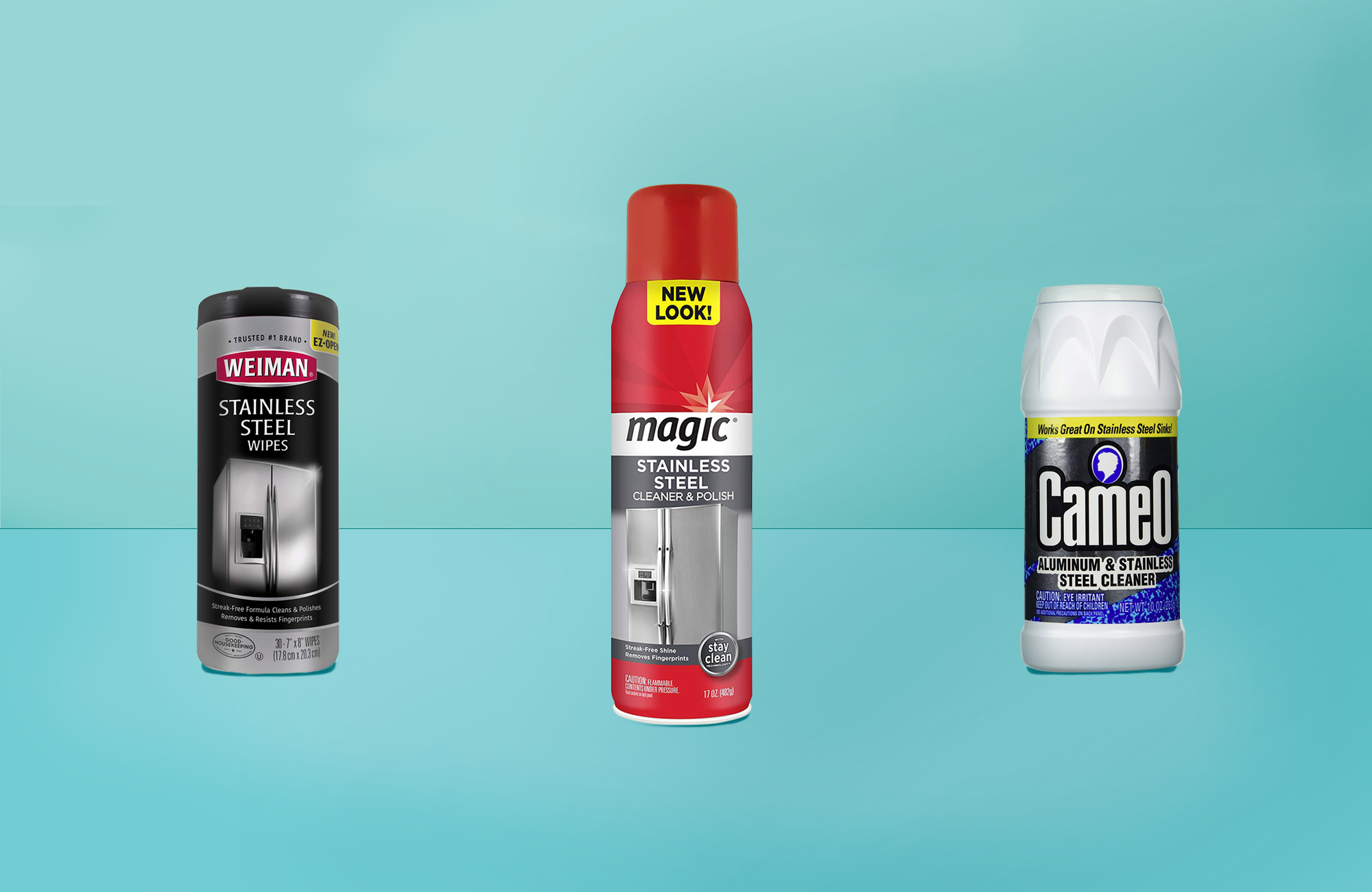
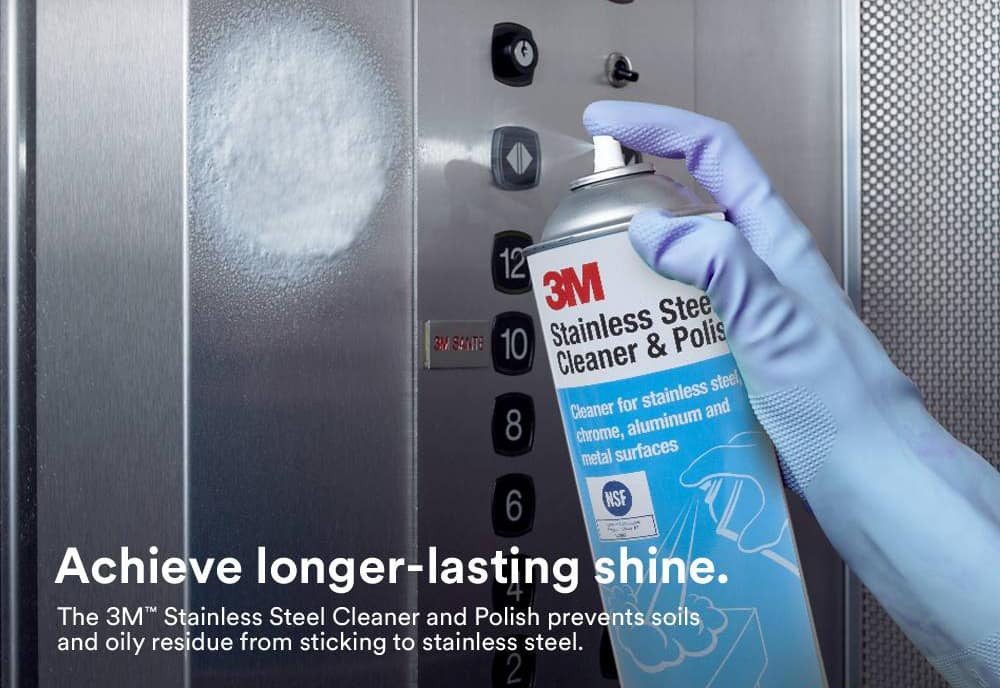
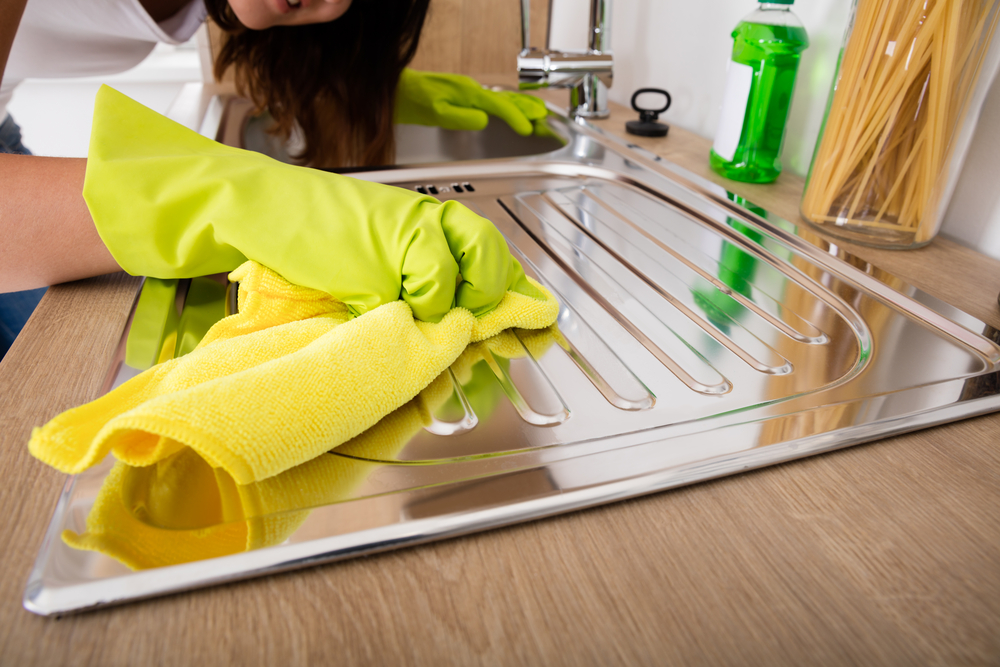







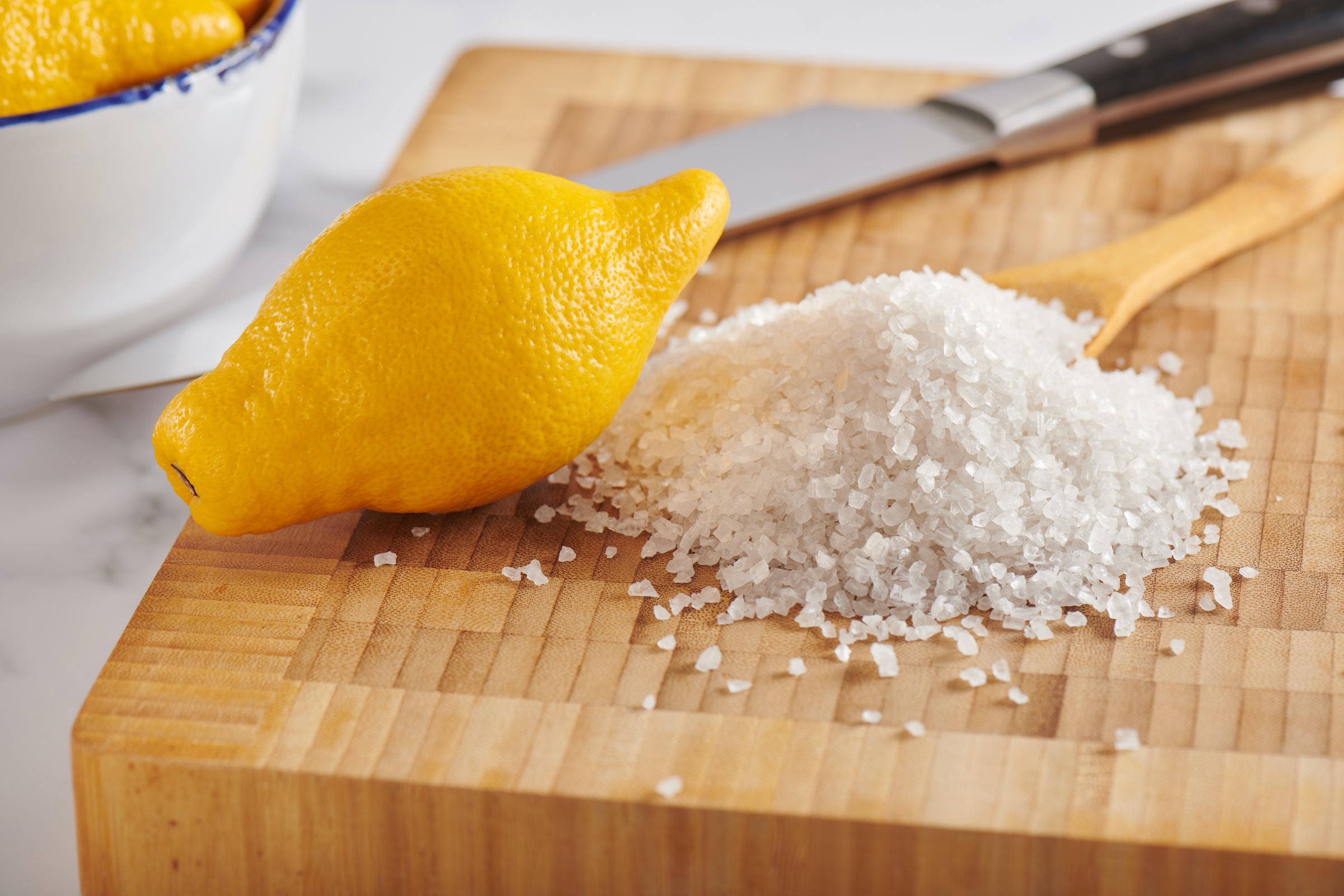

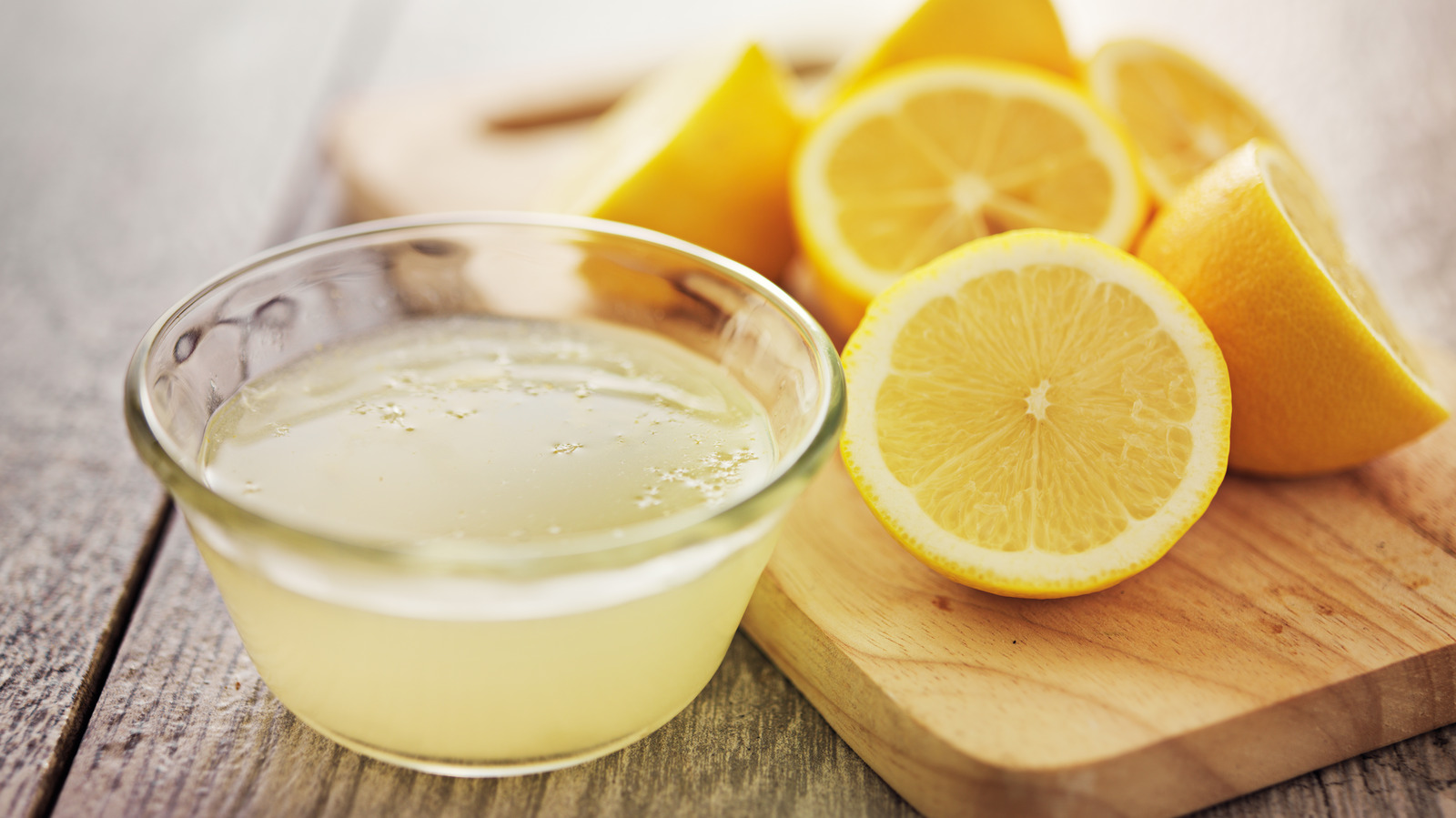
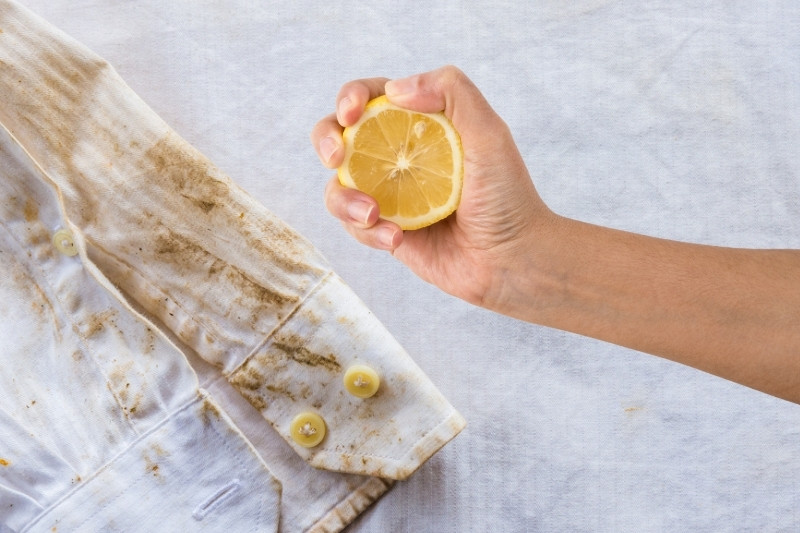
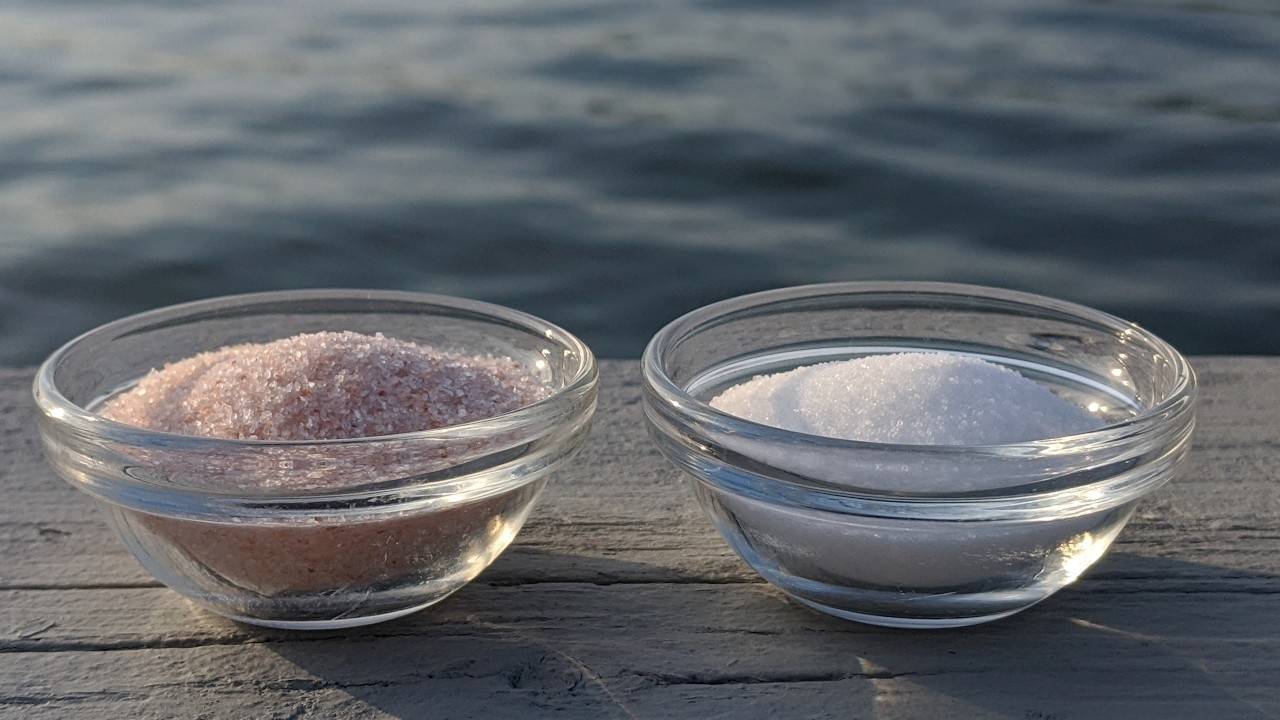
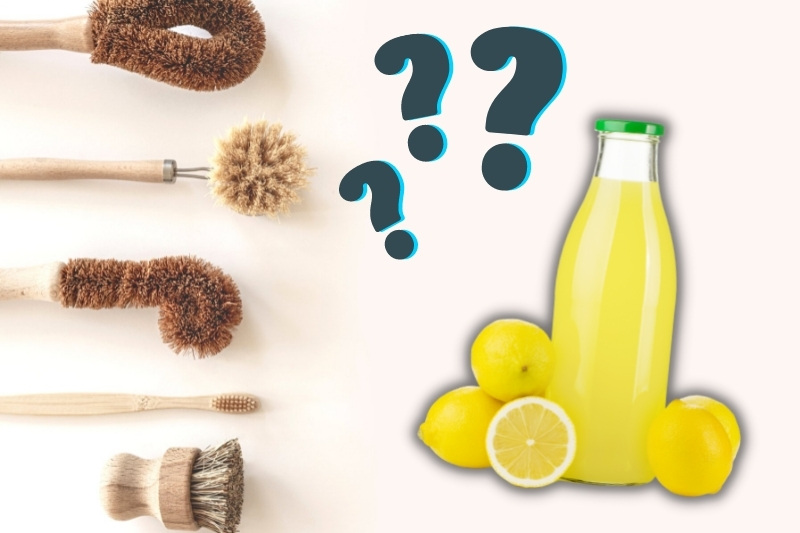



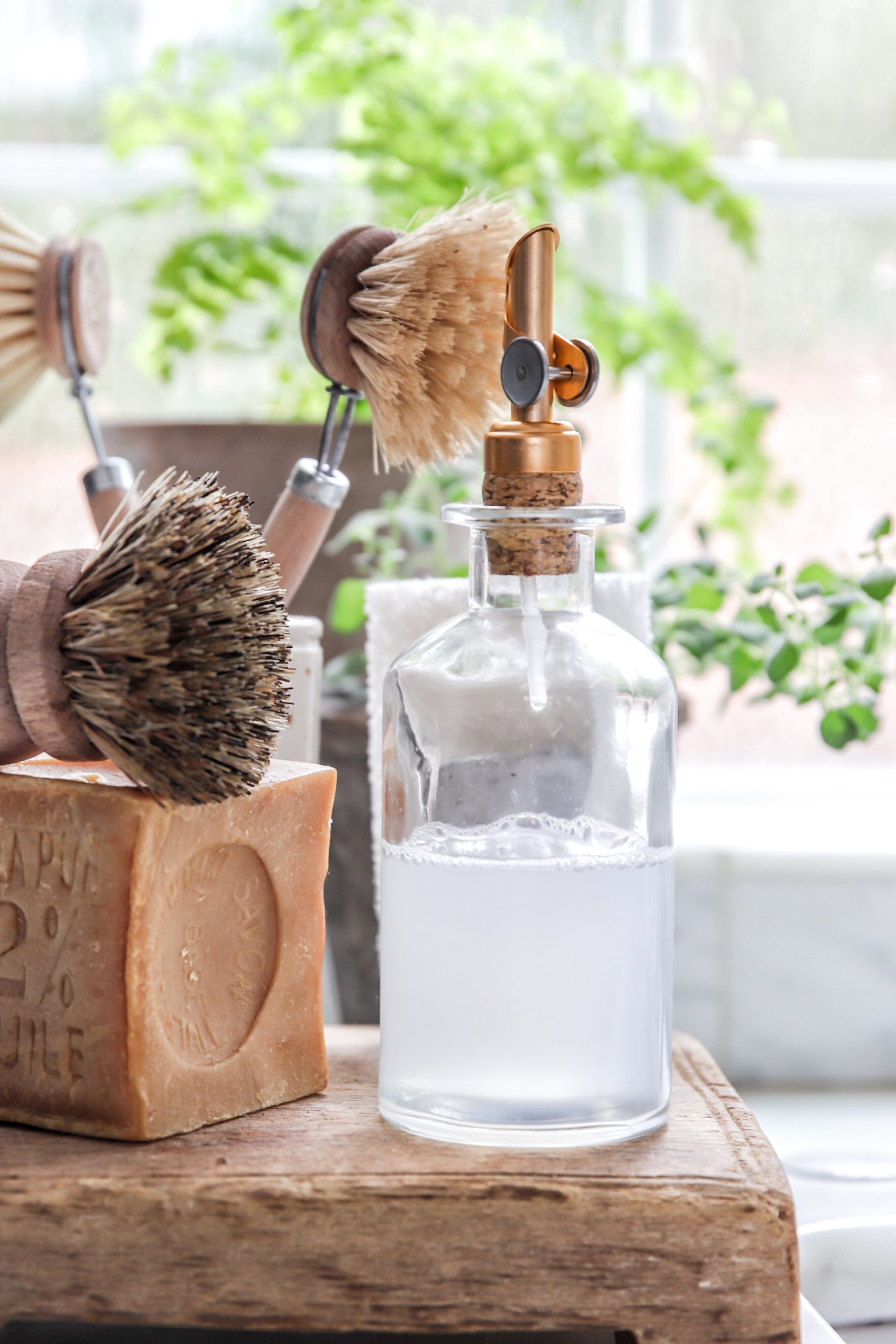


/GettyImages-80566571-5a1ca234aad52b00373338ff.jpg)
